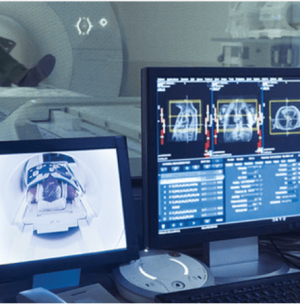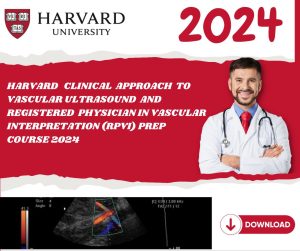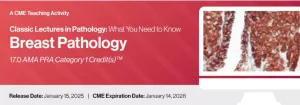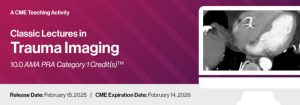Classic Lectures in Trauma Imaging – A Video CME Teaching Activity
About This CME Teaching Activity
This CME teaching activity is designed to provide a comprehensive overview of trauma imaging, focusing on the latest techniques and advancements in the detection and evaluation of traumatic injuries across various regions of the body. Faculty will explore the imaging approaches for head trauma, spinal injuries, chest trauma, abdominal and pelvic trauma, and extremity injuries. Special attention will be given to how cutting-edge technologies such as dual-energy CT, artificial intelligence (AI), and other imaging modalities are improving the diagnosis and management of trauma patients.
Classic Lectures in Trauma Imaging 2025
Target Audience
This CME teaching activity is intended for radiologists, emergency physicians, trauma surgeons, and other healthcare professionals involved in trauma imaging and care.
Educational Objectives
At the completion of this CME teaching activity, you should be able to:
- Discuss the role of advanced imaging techniques in head trauma, including traumatic brain injury detection.
- Review the evaluation of cervical spine trauma and its impact on patient management.
- Explain the latest imaging approaches for thoracic trauma, including both vascular and non-vascular chest injuries.
- Discuss the use of dual-energy CT in detecting abdominal and pelvic trauma, improving organ and vascular injury detection.
- Describe imaging techniques for skeletal trauma, including axial and appendicular skeletal injuries.
- Review the imaging of pediatric trauma and the unique challenges associated with it.
- Discuss the role of artificial intelligence in whole body trauma CT scans, including its application in the detection and analysis of traumatic injuries.
Program
- AI in Whole Body Trauma Scans
Thorsten R. Fleiter, M.D. - Trauma Whole Body CT: Where Are We Now?
Mark P. Bernstein, M.D., FASER - Neuro Trauma: Can’t Miss Lesions
Kathleen R. Fink, M.D. - Head Trauma
Yueyang Guo, M.D. - Imaging of Traumatic Brain Injury
Max Wintermark, M.D., MAS, MBA - Imaging Cervical Spine Trauma: Pearls & Pitfalls
Mark P. Bernstein, M.D., FASER - Cervical Spine Trauma
John F. Feller, M.D. - Spine Trauma: What the Surgeon Wants to Know
Ashok Srinivasan, M.D., FACR - Axial Skeletal Trauma
Karen Cheng, M.D. - Appendicular Skeletal Trauma
Karen Cheng, M.D. - Thoracic Trauma in the Acute Care Setting
Robert M. Steiner, M.D., FACR, FACC - Aortic and Cardiac Trauma
Sanjeev Bhalla, M.D. - Acute Chest: ICU, ER, Trauma
Sharon Brouha, M.D., MPH - Non-Vascular Chest Trauma
Sanjeev Bhalla, M.D. - CT of Splenic & Renal Trauma
Mark P. Bernstein, M.D., FASER - Traumatic Injuries of the Abdomen and Pelvis: Improving the Detection of Organ and Vascular Injuries with Dual Energy CT
Thorsten R. Fleiter, M.D. - CT of Bowel & Pancreatic Trauma
Jorge A. Soto, M.D. - State-of-the-Art Pelvic Trauma
Mark P. Bernstein, M.D., FASER - Ankle Trauma
Manickam “Nicks” Kumaravel, M.D. - Pediatric Trauma
Susan John, M.D.







James Anderson –
“The ‘Classic Lectures in Trauma Imaging’ series is fantastic! The lectures provide essential insights into imaging techniques that are crucial for trauma cases.”
Sophia Lee –
“This course exceeded my expectations! The presenters are experts in their field, and their explanations of complex imaging concepts are clear and concise.”
David Patel –
“I found the course incredibly valuable for my practice. The real-life case studies illustrated the importance of accurate imaging in trauma situations.”
Emily Wilson –
“The organization of the lectures was excellent. Each session built on the previous one, making it easy to follow along and retain information.”
Michael Brown –
“The availability of course materials for later review is a huge plus! I appreciate being able to revisit the lectures whenever needed.”
Olivia Johnson –
“This series is a must for anyone involved in trauma imaging. The content is relevant, practical, and directly applicable to clinical practice.”
Liam Garcia –
“I highly recommend this course! The insights gained will undoubtedly improve my skills in trauma imaging and patient care.”